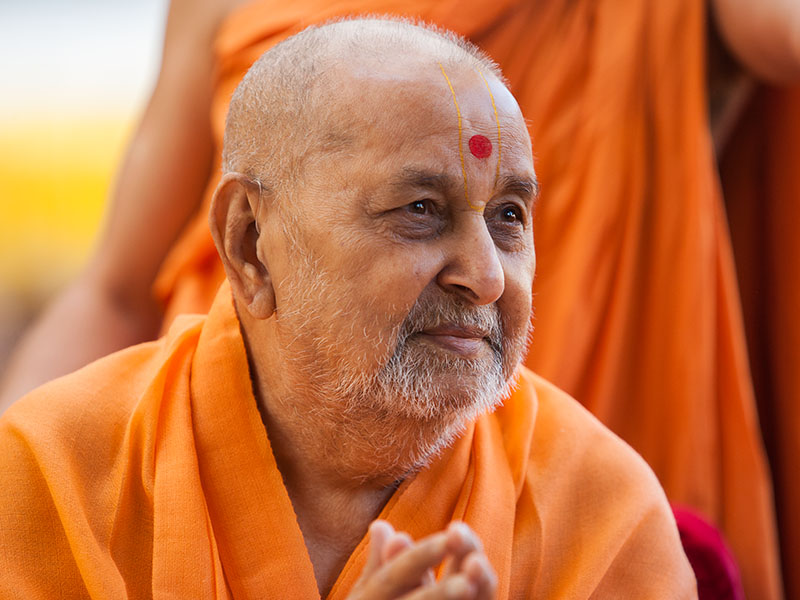One common presenting tip is to “know your audience,” but what exactly should we know about them? While we may present to many different people (bal/kishore/yuvak/vadhil), here is an universal list of 5 things that every presenter should know about his or her audience.
People learn best in 20 minute chunks.
TED talks. That’s right, we’re referencing it again. If you take a look at TED talks, they are around 20 minutes long, and that’s part of the reason why they are so captivating. It shouldn’t come as a surprise that shorter is better since a shorter presentation forces the talk to be more concise and focused. However, don’t get stuck on the notion that every presentation must be 20 minutes to be good. For example, many times in sabha, presentations are planned to be more than 20 minutes long. The ideal presentation length is exactly the number of minutes it takes for you to get your simple statement across, not a second more. In order to incorporate this study, however, it would be idea to try to build in some kind of change every 20 minutes. Especially in bal/balika sabha, it’s important to give the kids a break from all the information they just received. This could be a great way to incorporate an activity/exercise that relates to the session.
Multiple sensory channels compete.
When you are giving a speech, there are two sensory channels that are the most active: visual and auditory. According to Dr. Susan Weinschenk, our visual channel is stronger than our auditory channel. Therefore, if your presentation has complicated information for people to digest, then it will be hard to balance the auditory channel while trying to decipher what your visual aid says. A common tip is to put together a presentation without using any slides first and then decide if it can be enhanced with a visual medium.
What you say is only part of your message.
Research in psychology over the last few decades has revealed that people process information unconsciously. People not only react to your message, but they also take into account your facial expression, voice, stand, and even hand movements. Think about how you are saying what you are saying.
If you want people to act, you have to call them to action.
Be very specific about what you want audience to do. This is where the simple statement comes into play. It’s always a good habit to go over the main points of your presentation at the end as a call for action.
People imitate your emotions and feel your feelings.
When you are passionate about your topic, your audience will be passionate. People like to listen to someone who is animated, and passionate about a topic. Even if you are not so interested in a particular sabha topic, pretend like you are, and the message will go a long way. For example, in bal/balika sabha, it may require you to be more animated than usual in order to keep the balaks & balikas attention in a certain topic.

